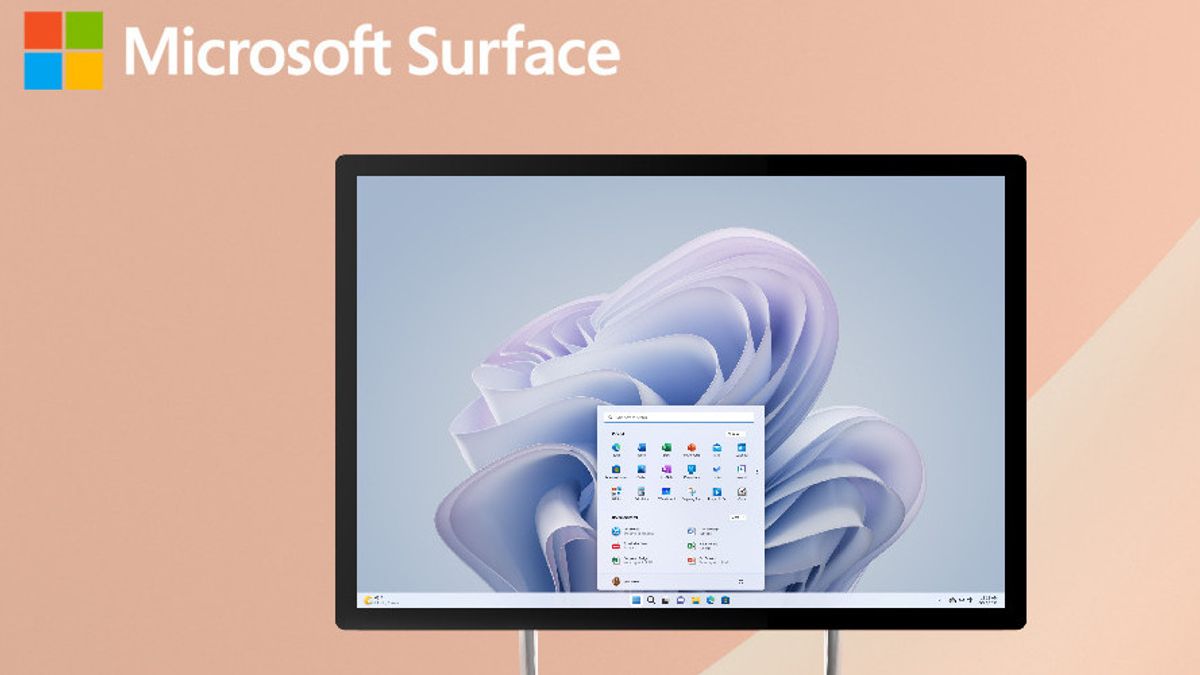JAKARTA - Microsoft has detailed its latest efforts to protect users from various types of scams that can occur through simple methods, such as misspelling website URLs.
The company announced on Monday 17 October that it added protection of website typos to Microsoft Defender SmartScreen services. This is done to help counter web threats such as "mistypes." This type of cybercrime can include phishing, malware, and other scams.
Microsoft Defender Smart Screen helps protect users from websites involved in phishing and malware campaigns.
If you have a typos on the name of the website you're trying to enter, then it can send you to an alternative page that hosts ad sites, affiliate links, fake products, fake search engine results, or in some cases by directing the user into a parked domain reserved for a short-lived phishing campaign, "said Microsoft.
The protection of new Web Site typos on Microsoft Defender Smart Screen services fights this typos by warning users via a warning page when they spell the URL incorrectly and are directed to a mistyped site. Users will be asked to verify the address of the site they want to visit before proceeding.
Microsoft has also partnered with the Bing Index team to identify new typos and their webpages as soon as they appear to keep the Microsoft Edge browser updated dynamically.
Microsoft is not always known for its preventive measures in terms of cybersecurity. More generally, this brand always responds after major exploitation.
The recent zero-day vulnerabilities, CVE-2022-41040, and CVE-2022-41082, were discovered on Microsoft's email Exchange servers in early October not only had been exposed by bad actors, but were also misinterpreted as different exploits before, it could be identified.
At the time, Microsoft said it was "working on an accelerated timeline" to address zero-day vulnerabilities and create patching. However, with exploits already in the wild, there are many opportunities for businesses and government entities to be attacked by bad actors. So far, no attacks have been known to use CVE-2022-41040 or CVE-2022-41082 vulnerabilities.
The English, Chinese, Japanese, Arabic, and French versions are automatically generated by the AI. So there may still be inaccuracies in translating, please always see Indonesian as our main language. (system supported by DigitalSiber.id)













